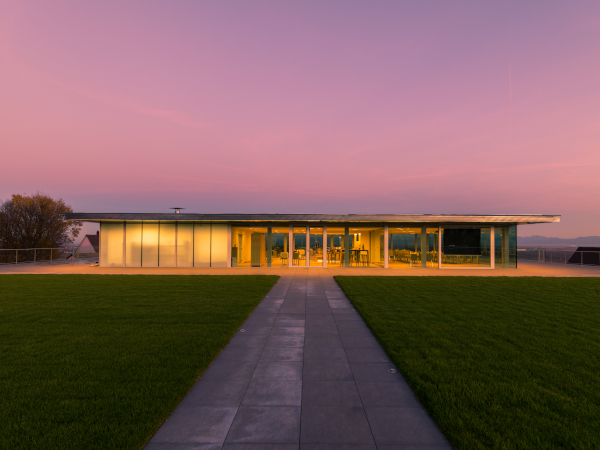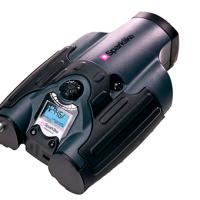
Date: 10 July 2024
Energy efficiency in buildings and energy efficient windows are becoming increasingly important as the world seeks to reduce its carbon footprint and energy consumption. Insulating Glass Units (IGUs) play a crucial role in enhancing the thermal performance of buildings, and the choice of insulating gases within these units significantly impacts their efficiency. This article explores the various types of insulating gases, their thermal performance, and their contribution to energy efficiency.
Types of Insulating Gases
Argon Argon is one of the most used gases in IGUs due to its excellent insulating properties and cost-effectiveness. It is six times denser than air, which reduces heat transfer through the glass, thereby improving the thermal performance of windows.
Krypton Krypton offers even better insulating properties than argon as Krypton is twelve times denser than air. It is often used in applications where space is limited, as it provides superior insulation in thinner gaps compared to argon filled IGUs. Although more expensive, krypton’s efficiency makes it ideal for high-performance windows.
Xenon Xenon is the most effective of the three gases at reducing heat transfer, but it is also the most expensive. Its high cost limits its use to niche applications where maximum insulation is required, and budget constraints are less of a concern.
Thermal Performance of Insulating Glass Units
Heat Transfer Reduction Insulating gases reduce heat transfer by conduction and convection within the IGU. Argon, krypton, and xenon all have lower thermal conductivity than air, making them more effective at reducing heat loss. This reduction in heat transfer results in better insulation and lower energy consumption for heating and cooling.
U-Value Improvement The U-value measures the rate of heat transfer through a window. The U-value expresses the rate of heat loss per square meter for a temperature difference of one degree Celsius between the interior and exterior. It is calculated using the internal and external surface conductance coefficients in accordance with BS EN 673. Lower U-values indicate better insulation. Insulating gases help lower the U-value of IGUs by minimizing the thermal conductivity of the gas layer. Krypton and xenon, with their lower thermal conductivities, offer the best improvements in U-values. Energy efficient windows should include mention of its u-value, like National Fenestration Rating Council (NFRC) label.
Condensation Prevention Condensation can be a significant issue in poorly insulated windows. Insulating gases help maintain a higher surface temperature on the interior glass pane, reducing the likelihood of condensation forming. This not only improves the clarity of the glass but also prevents mold growth and frame deterioration.
References
- Baetens, R., Jelle, B. P., Gustavsen, A., Grynning, S. (2009). Gas-filled panels for building applications: A state-of-the-art review. Energy and Buildings. https://doi.org/10.1016/j.enbuild.2010.06.019.
- Bergh, S., Hart, R., Jelle, B., Gustavsen, A. (2013). Window spacers and edge seals in insulating glass units: A state-of-the-art review and future perspectives. Energy and Buildings. 58. 263–280. https://doi.org/10.1016/j.enbuild.2012.10.006.
- Likins-White, M., Tenent, R.C., Zhai, Z. (2023). Degradation of Insulating Glass Units: Thermal Performance, Measurements and Energy Impacts. Buildings, 13, 551. https://doi.org/10.3390/buildings13020551
By selecting the appropriate insulating gas for IGUs, building designers and homeowners can achieve substantial improvements in energy efficiency, contributing to both environmental sustainability and cost savings.
Contact Sparklike for more information and support on measuring argon concentration in IGUs.
 600450
600450
























Add new comment